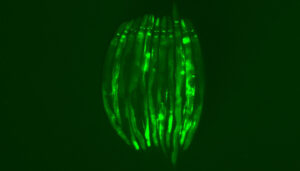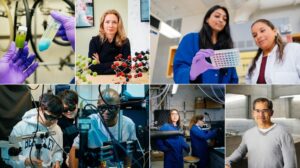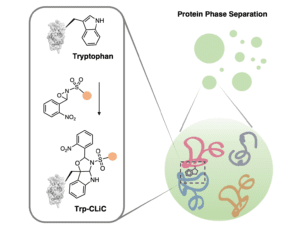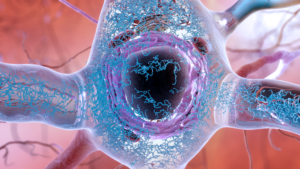
Revealing the Mysteries Within Microbial Genomes
August 14, 2024
Scientists will be able to determine the function of genes more quickly than ever with a new high-throughput approach A new technique developed at Lawrence Berkeley National Laboratory (Berkeley Lab) will make it much easier for researchers to discover the traits or activities encoded by genes of unknown function in microbes, a key step toward…






